Data Searching
Searching (and manipulating) your data

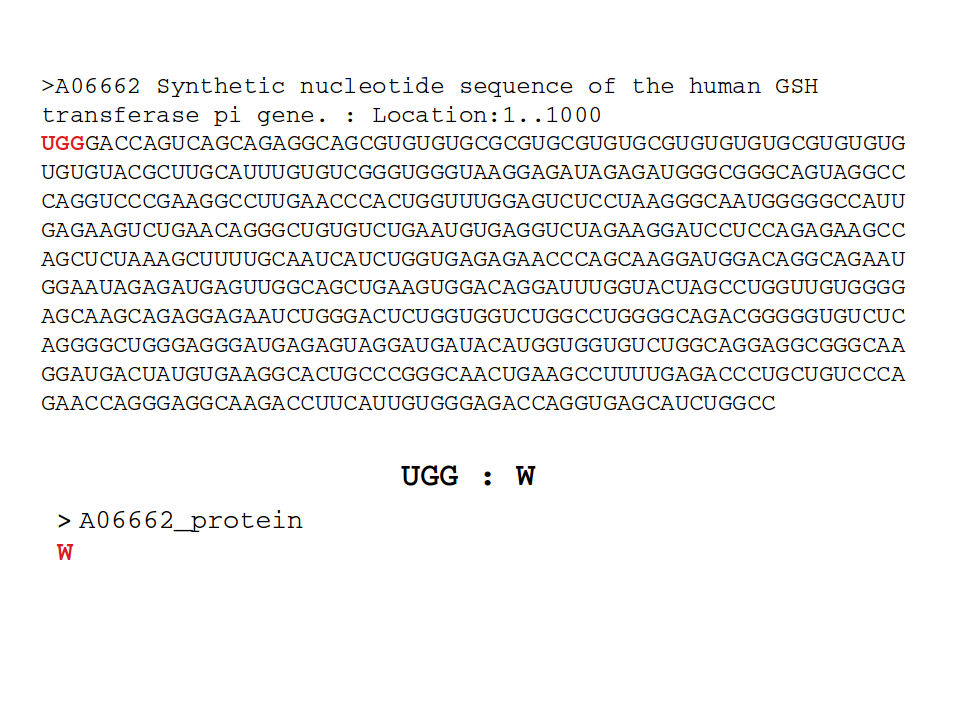
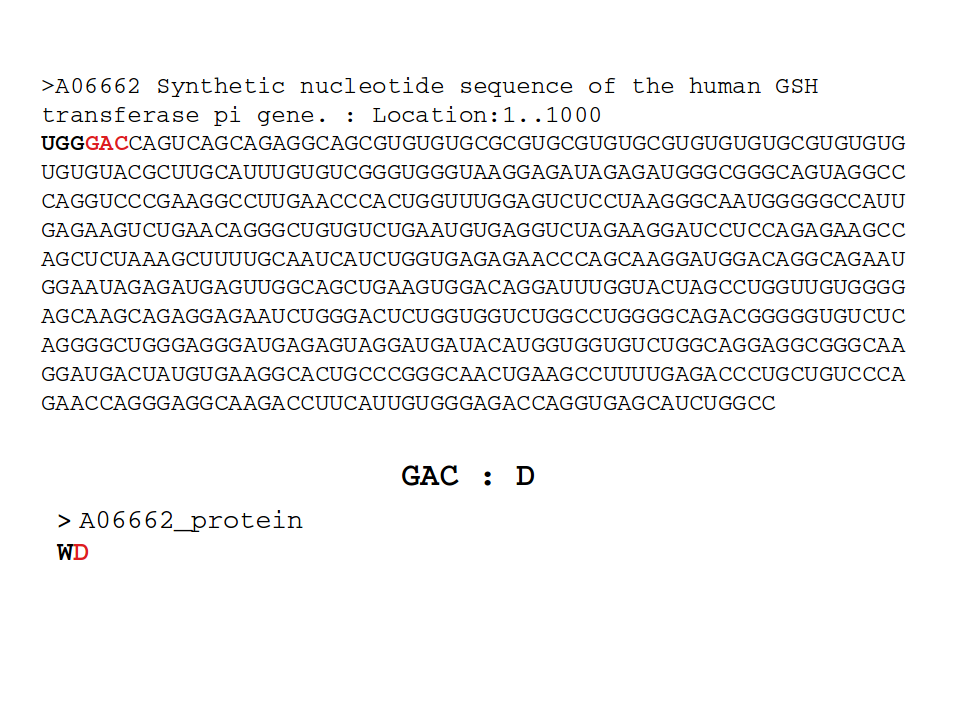
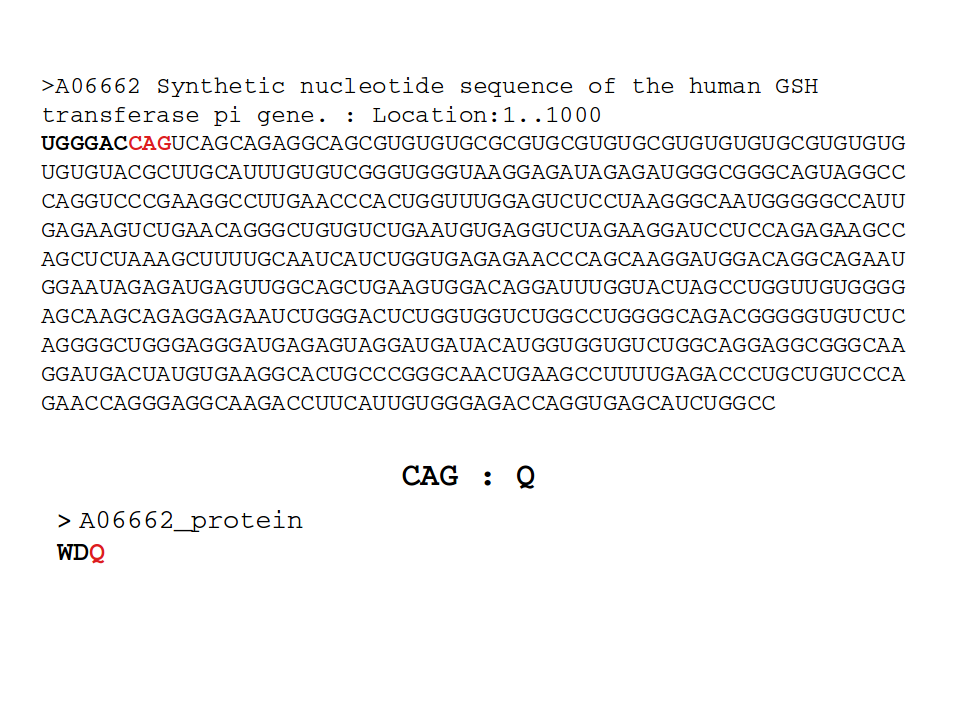
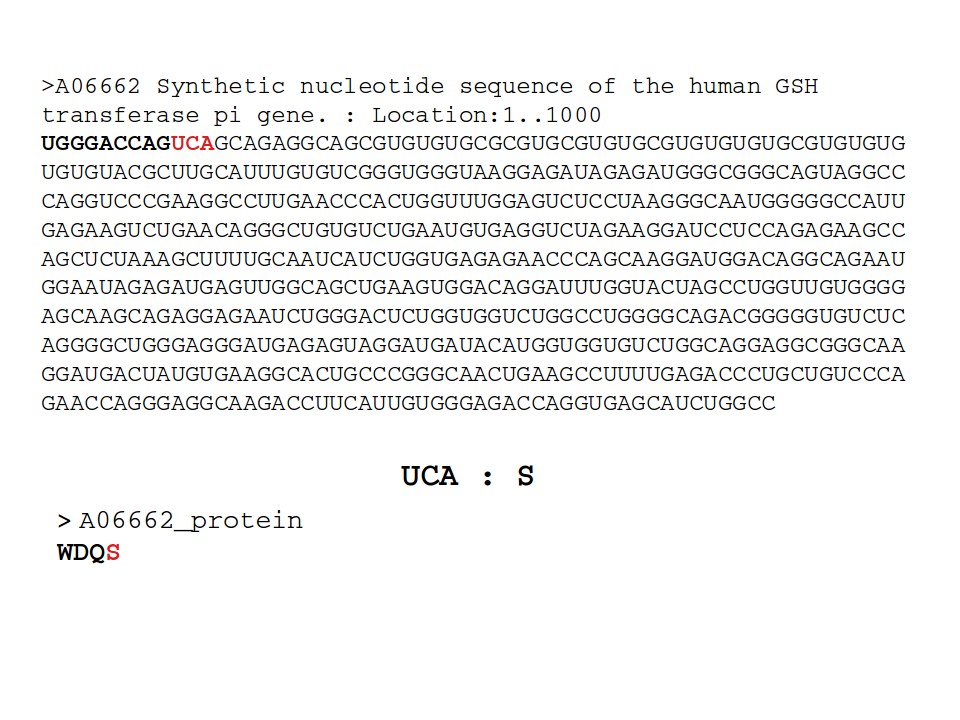
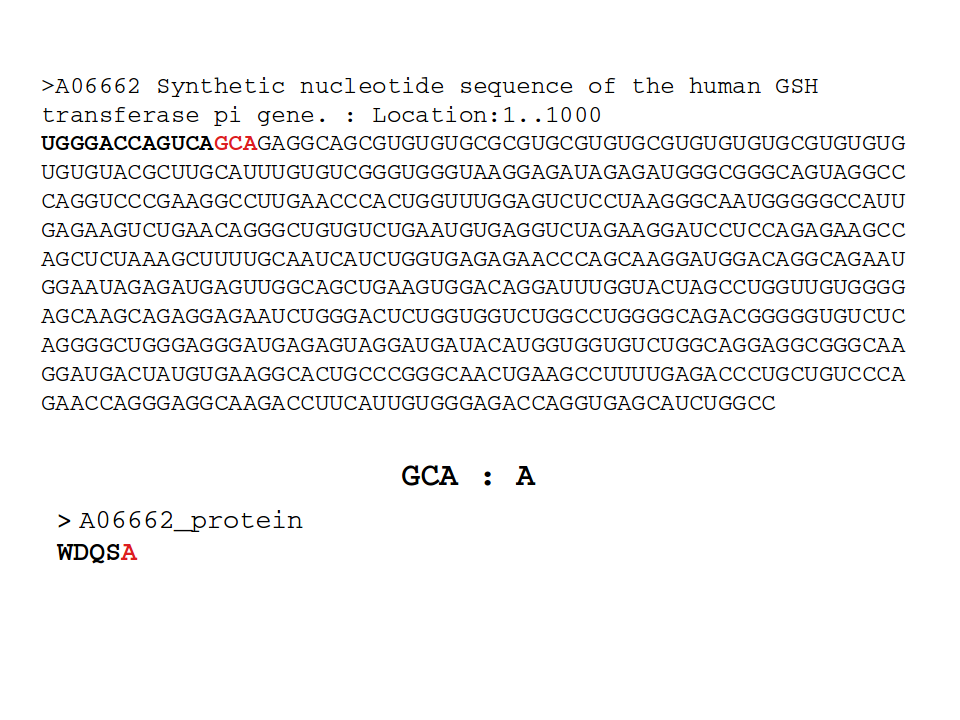
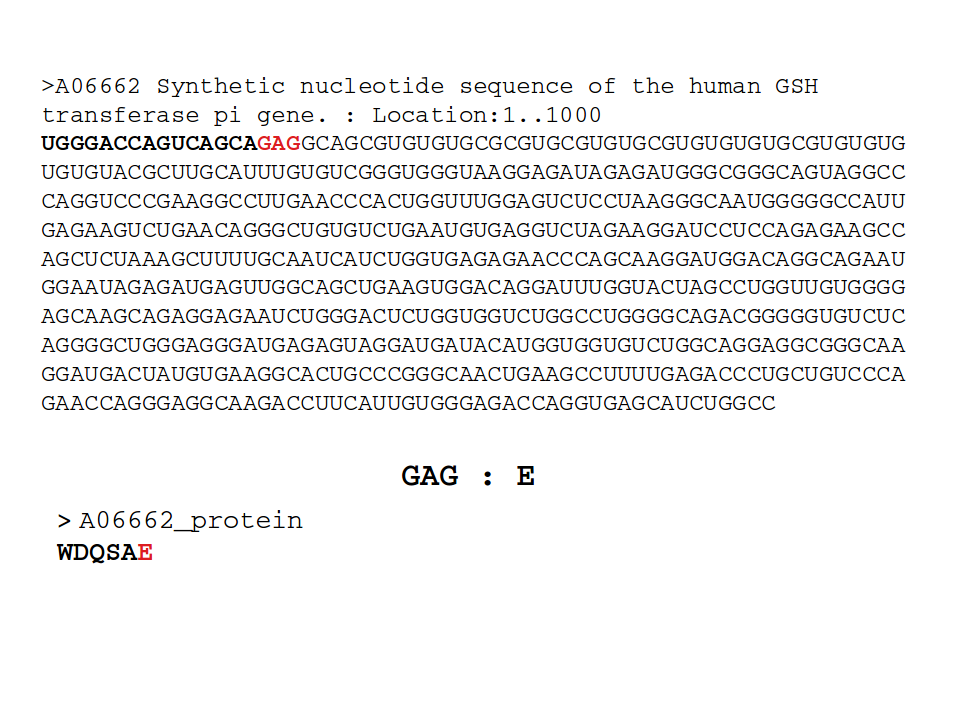
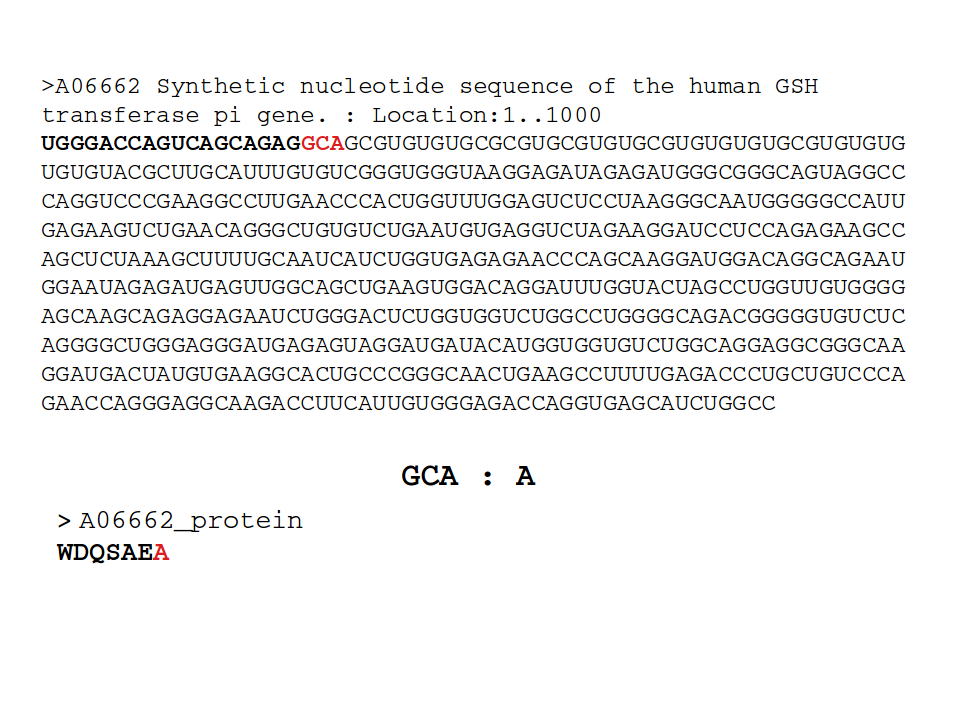


Let’s give a look to the content of the tgac.py available here:
codonAMINO = {'GCU':'A','GCC':'A','GCA':'A', 'GCG':'A',
'CGU':'R','CGC':'R','CGA':'R','CGG':'R','AGA':'R','AGG':'R',
'UCU':'S','UCC':'S','UCA':'S','UCG':'S','AGU':'S','AGC':'S',
'AUU':'I','AUC':'I','AUA':'I','AUU':'I','AUC':'I','AUA':'I',
'UUA':'L','UUG':'L','CUU':'L','CUC':'L','CUA':'L','CUG':'L',
'GGU':'G','GGC':'G','GGA':'G','GGG':'G','AAU':'N','AAC':'N',
'GUU':'V','GUC':'V','GUA':'V','GUG':'V','GAU':'D','GAC':'D',
'ACU':'T','ACC':'T','ACA':'T','ACG':'T','UGU':'C','UGC':'C',
'CCU':'P','CCC':'P','CCA':'P','CCG':'P','CAA':'Q','CAG':'Q',
'GAA':'E','GAG':'E','CAU':'H','CAC':'H','AAA':'K','AAG':'K',
'UUU':'F','UUC':'F','UAU':'Y','UAC':'Y','AUG':'M','UGG':'W',
'AUG':'START','UAG':'STOP', 'UGA':'STOP', 'UAA':'STOP' }
>>> codonAMINO['GCU']
'A'
>>> codonAMINO['AUG']
’START’
>>> for k in codonAMINO.keys():
... print k, codonAMINO[k]
GUC V
AUA I
GUA V
GUG V
ACU T
AAC N
etc.
Dictionaries
Dictionaries are unordered collections of objects
Dictionaries are structures for mapping immutable objects (keys) on arbitrary objects (values)
d = {key1:value1, key2:value2, …, keyN:valueN}
lists and dictionaries cannot be used as dictionary keys!!!!
keys must be unique, i.e. the same key cannot be associated to more than one value
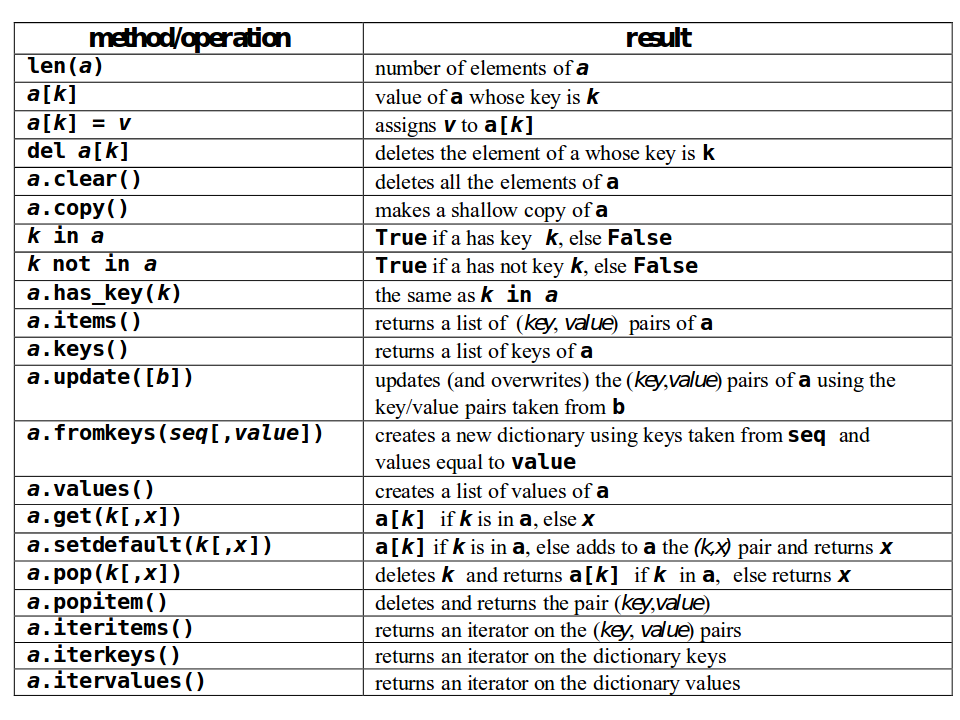
>>> d = {'pep1':'MGSNKSKPKDASQRRRSLEPAENVHGAGG', \
'pep2':'RSLEPAENVHGAGGGAFPASQTPS'}
>>> len(d)
2
>>> d['pep1']
'MGSNKSKPKDASQRRRSLEPAENVHGAGG'
>>> d['pep3'] = 'ASADGHRGPSAAFAPAAA'
>>> d
{'pep1' : 'MGSNKSKPKDASQRRRSLEPAENVHGAGG',
'pep2' : 'RSLEPAENVHGAGGGAFPASQTPS', 'pep3' :
'ASADGHRGPSAAFAPAAA'}
>>> del d['pep2']
>>> d
{'pep1' : 'MGSNKSKPKDASQRRRSLEPAENVHGAGG',
'pep3' : 'ASADGHRGPSAAFAPAAA'}
>>> d.clear()
>>> d
{ }
>>> dict = {"a":1, "b":2, "c":3}
>>> dict.keys() #list of dictionary keys
['a', 'c', 'b']
>>> keys = dict.keys()
>>> keys.sort() #sort keys
['a', 'b', 'c']
>>> dict.values() #list of dictionary values
[1, 3, 2]
>>> dict.items() #tuple of dictionary (key,value) pairs
[('a', 1), ('c', 3), ('b', 2)]
>>> dict.has_key("a") #True if dict has key "a", else False
True
Challenge #1
Using the
codonAMINOdictonary fromtgac.pyavailable here translate the sequence inrna_seq.fasta. Use a single reading frame.
See the Solution to challenge #1
Challenge #2
Implement program 1 for the three reading frames
See the Solution to challenge #1
Sort values of a dictionary by its keys
# sort values of a dictionary by its keys
structures = {
'2jel':'antibody',
'1cse':'subtilisin',
'1ehz':'tRNA(Phe)',
}
def sort_dict_by_keys(data):
keys = data.keys()
keys.sort()
return [data[k] for k in keys]
print sort_dict_by_keys(structures)
Remove redundancy
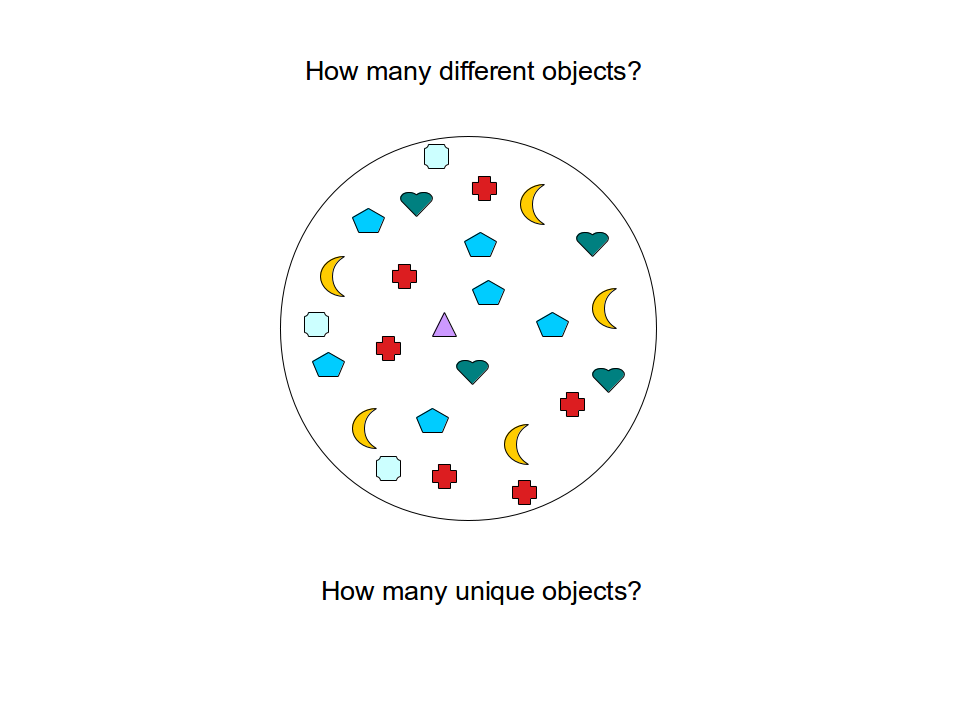
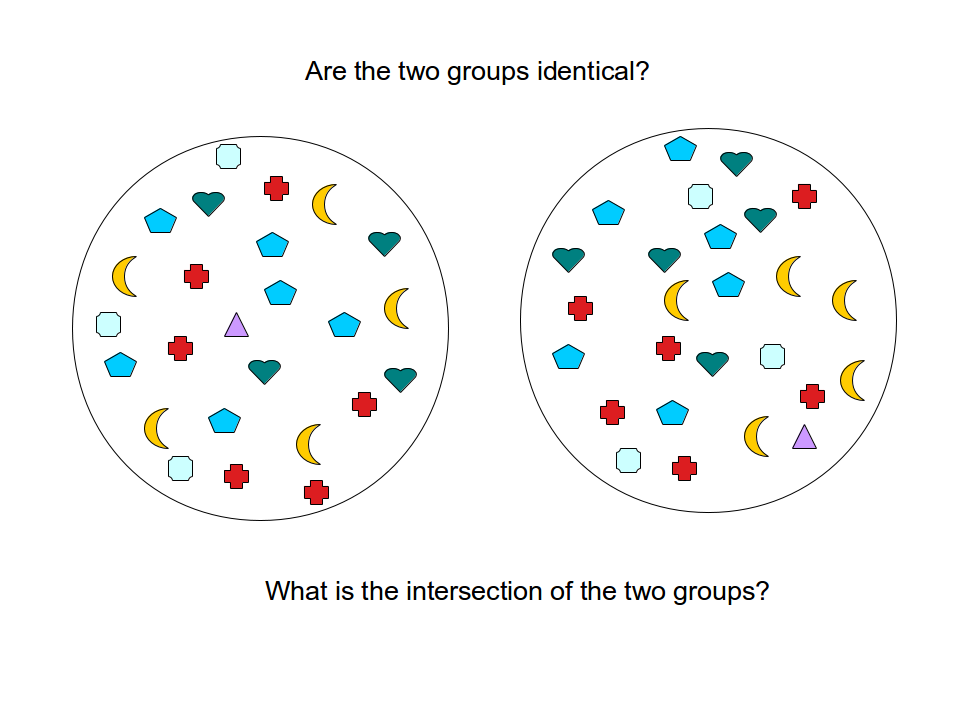
Q5XXA6 Q7Z769
Q9Y5P2 Q8CH62
Q14667 Q9GZY1
O75387 Q9NQQ7
Q8WV07 Q14667
Q8CH62 Q5XXA6
Q9GZY1 Q9Y5P2
Q9NQQ7 Q14667
Q8VCX2 O75387
Q7Z769 Q9Y5P2
Q8CH62 Q8WV07
Q14667 Q8VCX2
Q9NQQ7 Q8CH62
Q14667 Q14667
Q9Y5P2 Q9NQQ7
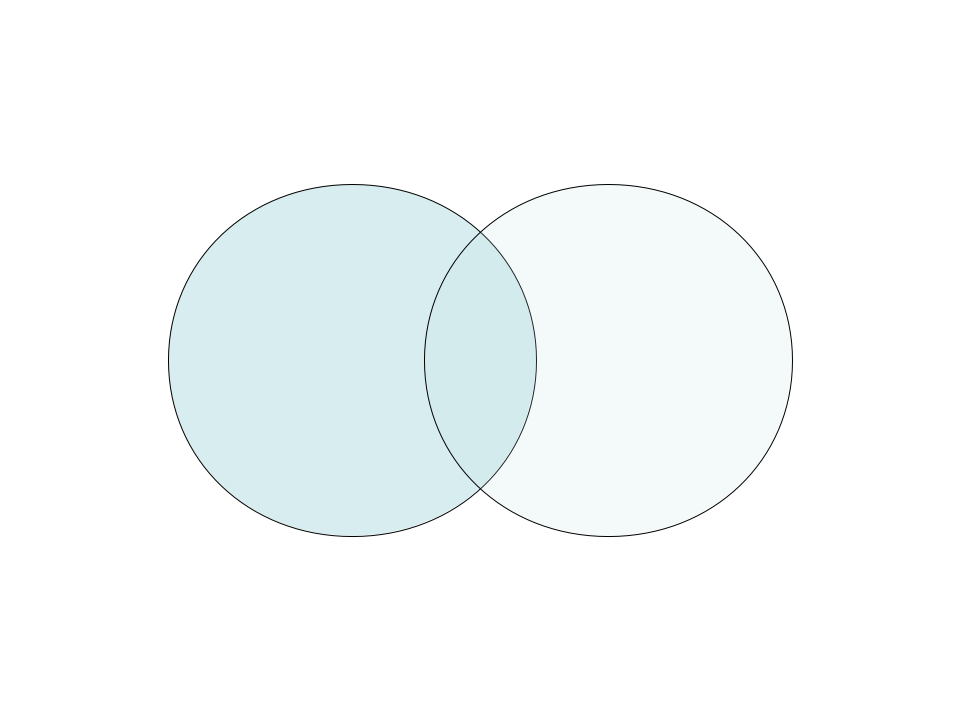
Sets
Sets are unordered collections of unique objects they are not sequence-like objects and that they cannot contain identical elements
- Sets do not support indexing and slicing
inandnot inoperators can be used to test an element for membership in a set.- Sets are useful for removing duplicates
- Set operations: intersection, union, difference, symmetrical difference
Create a new set
In order to create a set, the method set(x) must be used,
where x is a sequence-like object (string, tuple, list)
add(x)
update(x)
copy() |
creates a copy |
pop(), remove(), discard() |
remove set elements |
pop() |
deletes a single element randomly |
remove(x) |
removes the element x and returns a message of error if x is not in the set |
discard() |
removes the element x without returning any error message if x is not in the set |
S1.union(S2)
The union() between 2 sets S1 and S2 creates a new set
with the elements from both S1 and S2.
>>> S1 = set(['a','b','c'])
>>> S2 = set (['c','d','e'])
>>> S1.union(S2)
set(['a', 'c', 'b', 'e', 'd'])
>>> S1 | S2
set(['a', 'c', 'b', 'e', 'd'])
S1.intersection(S2)
The intersection() of 2 sets S1 and S2 creates a new set
with the elements common to S1 and S2
>>> S1 = set(['a','b','c'])
>>> S2 = set (['c','d','e'])
>>> S1.intersection(S2)
set(['c'])
>>> S1 & S2
set(['c'])
S1.symmetric_difference(S2)or S1 ^ S2
symmetric_difference() of two sets S1 and S2 creates a new set with elements in either S1 or S2 but not both
>>> S1 = set(['a','b','c'])
>>> S2 = set (['c','d','e'])
>>> S1.symmetric_difference(S2)
set(['a', 'b', 'e', 'd'])
>>> S1 ^ S2
set(['a', 'b', 'e', 'd'])
S1.difference(S2) or S1 - S2
The difference() of two sets S1 and S2 creates a new set with elements in S1 but not in S2
>>> S1 = set(['a','b','c'])
>>> S2 = set (['c','d','e'])
>>> S1.difference(S2)
set(['a', 'b'])
>>> S1 - S2
set(['a', 'b'])
>>> S2 – S1
set(['e', 'd'])
Back
Back to main page.